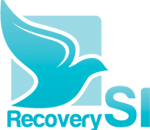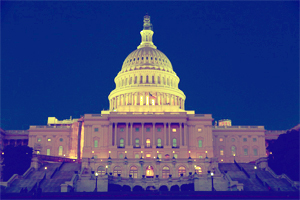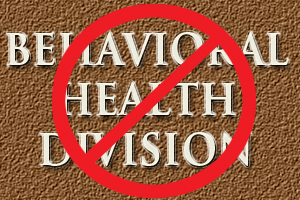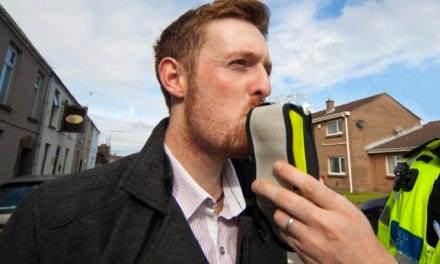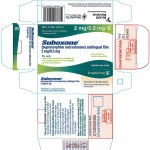That is, if we hope to continue our recent success in reducing America’s decades-old epidemic of opioid overdose fatalities (and I hope we do).
Health experts warn Trump cuts to the CDC could hurt overdose prevention: ‘A step backwards’
There’s an adage known to every manager in every area of healthcare: “You can’t manage what you don’t measure.” Seems obvious. Unless we monitor progress and evaluate outcomes, how will we know which steps we take are working, and which ones are not?
It’s especially true in public health. Lives are at stake. We can’t rely on hunches. We need facts. And those facts– mostly in the form of a continuing stream of data– are gathered through a time-consuming process called surveillance.
The $140 million in cuts are slated to come primarily from overdose prevention efforts. According to addictionologist Andrew Kolodny, “The funding has largely been used for surveillance, in other words, to obtain data on the opioid crisis that informs a public health response to the problem…”
Here’s something from the Centers for Disease Control on the importance of surveillance, if prevention efforts are to succeed in any meaningful way.
You’d think the current Administration would want to support that. So I can’t help wondering if people in government fully understand the issues.
I hope this isn’t another casualty of the DOGE-driven, “move fast and break things” wave of cost-cutting. Because of the emphasis on speed and results, little attention was paid to unintended consequences of indiscriminate budget reductions. Now, some of those cuts are having to be reversed, in essence to clean up a mess made by the cost-cutters.
If I’m right, then a few letters from the treatment and recovery community to the home offices of our respective State delegations might help to increase their awareness of its importance to our generation, and the ones to follow.
